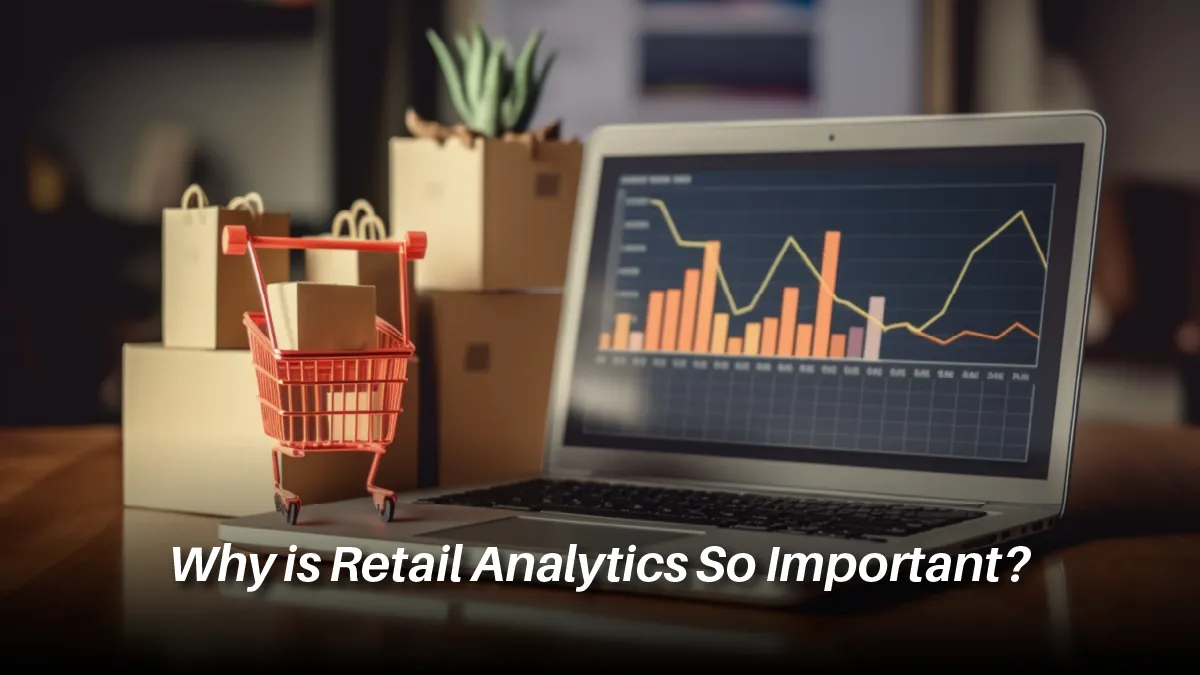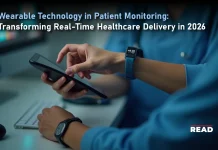Retailers used to make decisions on what to sell, where to put the most demand, how much inventory to carry, and when to change prices primarily based on their gut feelings and intuitions, which had been refined over years of experience. Retailers often pride themselves on their acumen. But, instincts are no longer enough in a sector with thin profit margins. Humans can’t account for all those variables. Consumers are too erratic and market conditions too diverse. Retail analytics tools can help retailers. They can support, and sometimes correct, their well-informed intuitions. This can lead to better, more profitable decisions. But what exactly is retail analytics? Let’s learn.
What is Retail analytics?
Retail analytics is the practice of monitoring business data. This includes inventory levels, customer behavior, and sales figures. It aims to improve decision-making and strategy. This means providing valuable insights to improve the retail industry’s supply chain, consumer behavior, sales trends, and operations.
To meet today’s high retail business standards, companies must:
- Provide personalized omnichannel offers.
- Streamline operations.
- Quickly adapt to new trends. All this requires retail analytics.
Why is Retail Analytics So Important?

Only 20% of retailers make full use of data analytics, according to research from the Retail Industry Leaders Association. Retail analytics eliminates uncertainty in a variety of decision-making processes. Experienced employees often have a lot of knowledge. But, fewer experienced employees will have less to say when the baby boomers leave the workforce. Even the best retail executives must sort through many data points. These include labor strikes, merchandise trends, and weather forecasts. Retailers can use analytics to combine this data and take action to predict future developments.
Due to the relative novelty of online shopping, the retail industry is extremely competitive. Additionally, retail profit margins have always been narrow, leaving little margin for mistake. Even small changes to inventory and product selection can cut stockouts. They can also reduce the need for deep discounts.
Also Read: What Is Kiosk Advertising and What are its Benefits?
The bottom line and operational effectiveness may then be significantly impacted by those changes. Fashion retailers might use advanced data analytics. It could help them decide which sizes and designs to order, and in what amounts, for various regions. They would base this on local demographics and shopping patterns.
Types of Retail Analytics
Retail data analytics has four main types. They are: 1. Prescriptive analytics, which suggests the next moves. 2. Diagnostic analytics, which finds the cause of an issue. 3. Predictive analytics, which forecasts future outcomes. 4. Descriptive analytics, which explains past performance. More information on each of the four strategies is provided below.
1. Descriptive Analytics
More complex forms of analytics, such as those listed below, are built on the foundation of descriptive analytics. Basic business intelligence tools and dashboards provide weekly sales and inventory data. They address the key questions of “how many, when, where, and what.”
2. Diagnostic Analytics
Retail companies can use diagnostic analytics to find and examine problems that might be impeding their success. Retailers can better find the causes of their issues. They should integrate data from several sources. These include operational metrics, financial performance, and customer feedback.
3. Predictive Analytics
Retailers can use predictive analytics to forecast future events. It can consider factors like supply chain interruptions, weather, economic trends, and new competition. This method often takes the form of a what-if analysis. For example, it would let a store plot the outcomes of a 10% vs. a 15% discount. It could also predict when it will run out of stock based on certain potential outcomes.
4. Prescriptive Analytics
AI, machine learning, and big data come together in prescriptive analytics to take the results of predictive analytics and suggest actions. For example, prescriptive analytics can recommend offers for customer support reps to make to customers on the spot. These could be a cross-sell to answer a new client’s question or an upsell based on past purchases.
How Retail Analytics is Utilized

Businesses can use retail analytics as a tool. It can estimate demand, diagnose problems, and suggest strategies. It can also evaluate past performance and give real-time advice to support staff and shop employees. Improving sales, earnings, and customer satisfaction is the main objective.
In-store analytics solutions use data from POS systems and cameras to examine consumer purchasing trends. This helps merchants minimize theft, maintain proper inventory levels, and optimize product placements. For example, POS data tests how merchandising affects loyalty card users. Meanwhile, video footage shows how customers engage with displays.
Customer analytics use data from various systems. These include point-of-sale (POS) systems, websites, phone logs, and customer support chats. Retailers can learn about item popularity, return causes, and the success of promotions and recommendations by analyzing this data. For instance, customer analytics helps businesses find better marketing strategies. These are more effective for pitching new products over the phone than via chat.
To improve storage and distribution, inventory analytics evaluate stock levels and forecast demand. They use this to know when to restock items. For instance, this can lower the labor and transportation expenses related to having too much safety stock.
With the goal of attracting customers with attractive assortments or deals, merchandise analytics helps merchants assess how well product displays work, especially in physical stores. Additionally, it helps with price adjustments to increase profit margins for all products. For example, a clothes retailer may find, using analytics, that placing seasonal products near the entrance increased sales by 20%.
Online merchants can use web analytics to track customers’ digital footprints. They can then make informed decisions on pricing and marketing. They can also decide how and where to display products on their websites. Heatmaps, for instance, can show which parts of a website users are clicking on.
Demand forecasting uses customer behaviors to predict online item demand. It looks at actions like viewing, adding to the basket, removing goods, or departing the cart. These activities give information about future demand even though they are not considered sales. For example, an online shop may use demand forecasting. Based on website interactions, it wants to find a spike in interest in a product category.
By examining current sales data and additional variables, sales forecasting helps retailers make predictions about future sales. When paired with demand forecasting, it helps predict overall demand across all channels. This enables businesses to manage inventory efficiently. For example, a physical business may use sales forecasting. It would examine historical sales data and market patterns to predict a rise in demand for seasonal items.
Bottom Line
Retail analytics is transforming the way businesses understand and engage with their customers. Retailers can analyze data to make better decisions. This can optimize inventory, improve customer experiences, and boost efficiency. As consumer behavior changes, data-driven insights will be vital. They will help businesses compete in a complex marketplace. Retail analytics is not just a tool for monitoring trends—it is a powerful resource for driving long-term growth and innovation in the retail industry.




